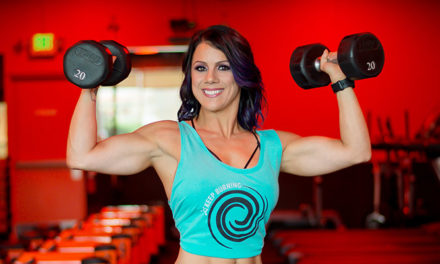Q&A with Dr. Sarah Hammond, plastic surgeon
What happens in facial aging, and how does a facelift help?
Most of what gives us an aged or “tired” appearance results from degenerative changes that occur over time. Skin ages from extrinsic factors (UV radiation, environmental pollutants) and intrinsic factors (nutrition, hydration, hormonal changes, nicotine use). Our bodies start decreasing collagen production in our late 20s. The subcutaneous fat that plumps and smooths the skin thins out.
Natural areas of fullness in the face drop due to gravity and decreased elastin. The bone resorbs, leaving the soft tissues with less support. This all leads to undereye bags, jowls, crows’ feet, and overall sagging and heaviness of the face.
Since aging affects all these layers, a facelift needs to do more than remove excess skin to give the best and longest-lasting results. In my practice, I tighten not just the skin but also the muscle layers underneath and often combine this with fat grafting or laser resurfacing for a full rejuvenation.
At what age should I get a facelift or neck lift?
Previously, it wasn’t uncommon for patients to have three facelifts in their lifetime, starting in their 40s. Since neuromodulator and dermal filler treatments have become more common, many patients now put off surgery until their 60s or 70s, or perhaps never, depending on their aesthetic goals. The decision is personal. Many people can maintain healthy, smooth skin into their 50s and 60s with the proper topical and injectable regimen.
I’m over 55 – are facial injectables still effective for me?
As a plastic surgeon and aesthetic provider, my job is to meet each patient where they are. Results will always be better if you start as soon as you see signs of aging, but neurotoxins and fillers will still soften lines even later. If you are over 55 and just starting skin care, there will be some catching up. But we have a wide range of injectables with unique physicochemical profiles, enabling us to tailor each treatment to your face and aesthetic goals.
What is the recovery time for a facelift?
Most patients say pain control isn’t an issue. I’m more concerned about my patient’s healing, swelling, and limiting activity to decrease complications such as bleeding. Even though they feel fine within a few days, they must keep certain restrictions for over a week. I see them in the office 2-3 times in the first week to monitor healing and remove sutures. Swelling and bruising subside after 2-3 weeks. Full resolution of swelling takes about three months, so patients need to plan around social events.
What skin rejuvenation products do you suggest for anti-aging?
Retinoids are potent anti-aging products for all skin types. Regular use increases cell turnover and boosts collagen, decreasing fine lines and wrinkles, improving skin texture, and evening pigmentation. Other powerful products are alpha-hydroxy acids. They accelerate cell turnover to exfoliate the skin. Vitamin C is also amazing. It increases collagen formation, minimizes UV and environmental pollutant effects, and evens pigmentation.
I recommend going straight to the source. You can spend a little bit more money and get a much more effective and sometimes safer product if you buy directly from a medically licensed office.
What non-surgical procedures do you suggest for sagging skin?
Currently, the most effective non-surgical procedures are chemical peels, laser resurfacing, and radiofrequency energy devices. The ideal candidate for a chemical peel has mild skin sag, fine lines, wrinkles, or uneven pigmentation. A chemical peel thickens the skin, increases collagen, and evens pigmentation. The result is brighter, softer skin with fewer, less noticeable wrinkles. An ablative laser treatment has similar effects but in a more precise manner. These are most effective for patients with lighter skin tones, but patients of color can achieve results with modifications. Radiofrequency treatments can be done in the office or the OR. They apply the energy either externally or from the inside with a tiny probe to tighten the skin and burn away fat.
Do facial exercises work for wrinkles?
Many facial muscles attach directly to the skin; when activated, they pull on the skin to create facial expressions. The lines we develop on our faces are from repetitive smiling, laughing, frowning, etc. Exercising a muscle will temporarily increase its circulation and size. This can create the appearance of smoother skin. But ultimately, the more you move your face, the more you’ll form wrinkles.
What products should I start early to combat aging?
Sunscreen is the number one product to use daily, regardless of skin type. Also, never start smoking or vaping.
What’s a common myth about facial anti-aging?
Botox makes your face look frozen, and fillers look fake. However, they can be done artfully and mindfully to give a natural, refreshed look.
Dr. Sarah Hammond is a board-certified plastic surgeon specializing in cosmetic and reconstructive surgery as well as pediatric plastic surgery. She is happy to answer more of your questions in person! To schedule a consultation, please call Plastic Surgery Group of Memphis at 901.761.9030.







